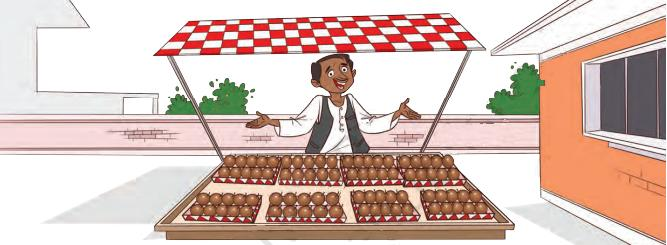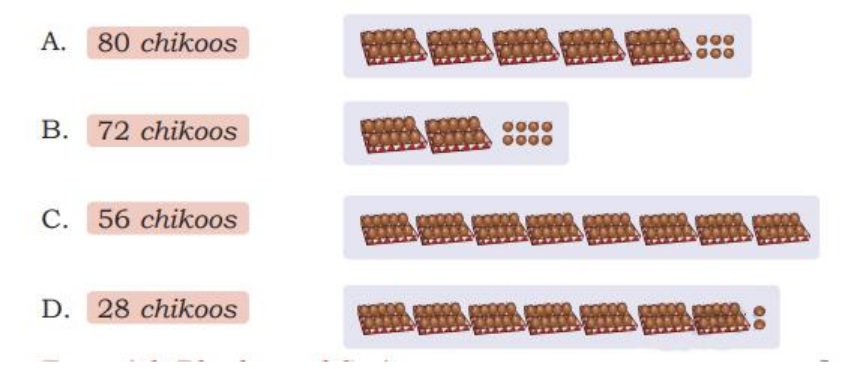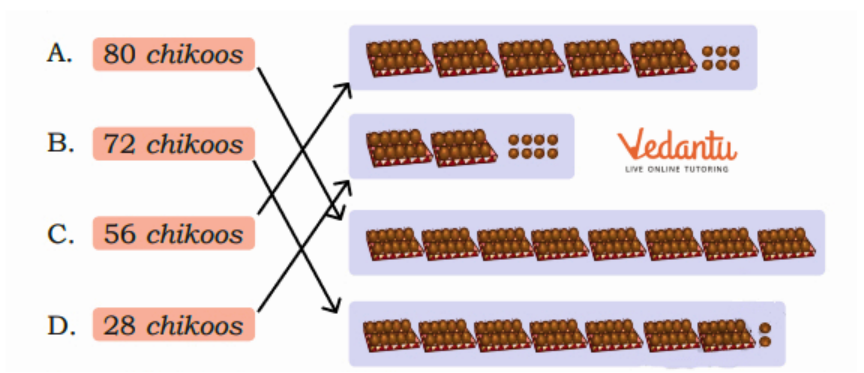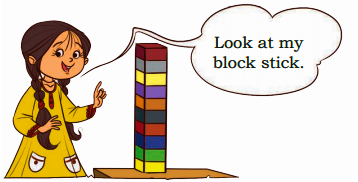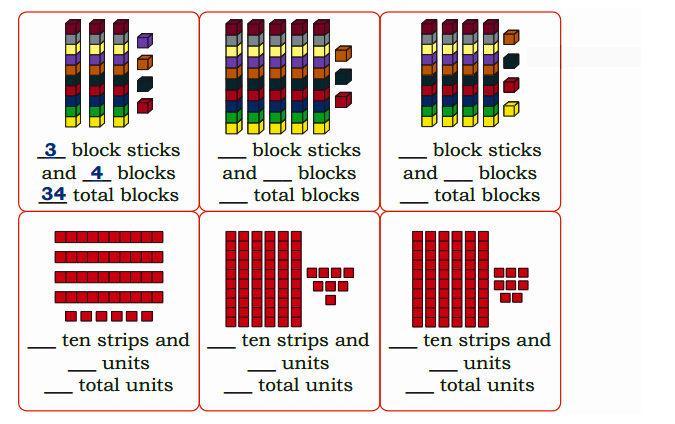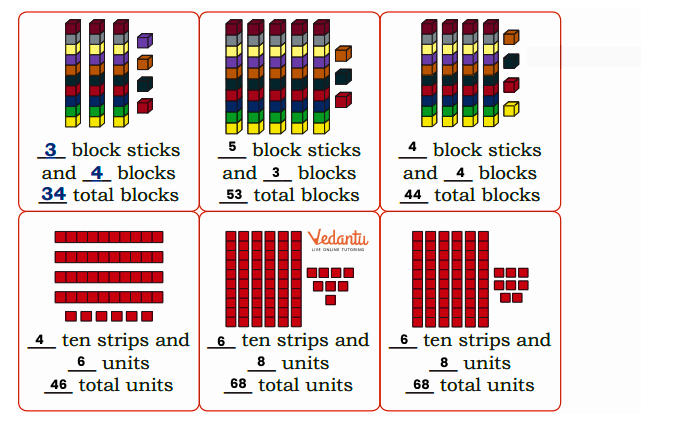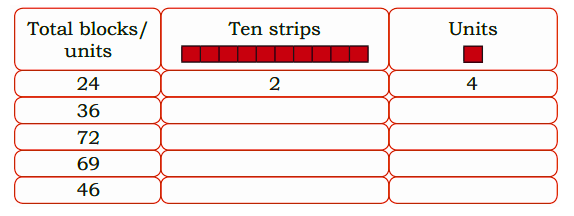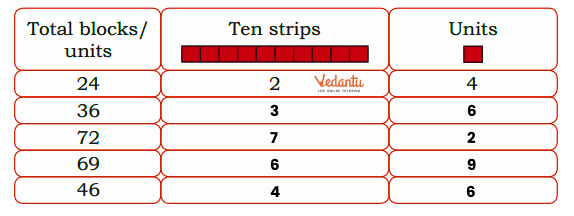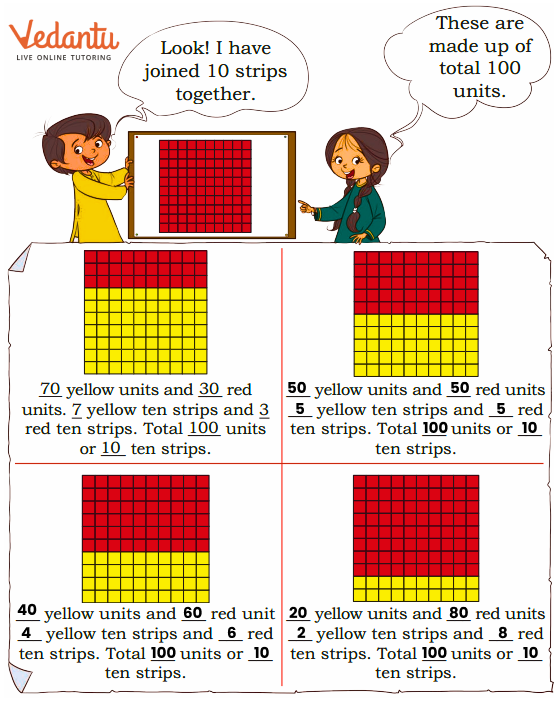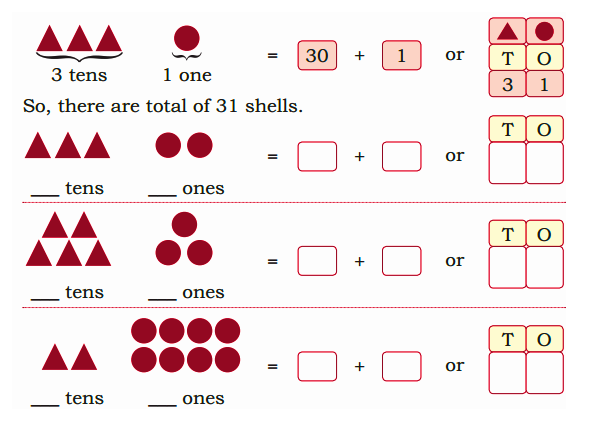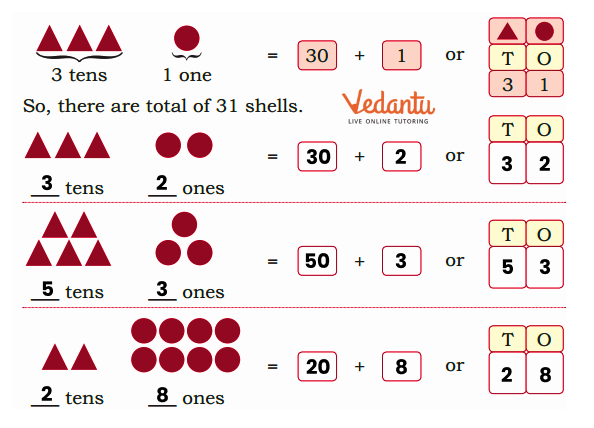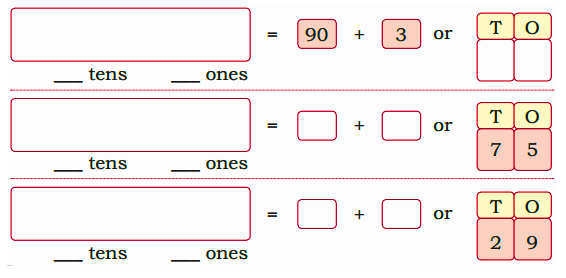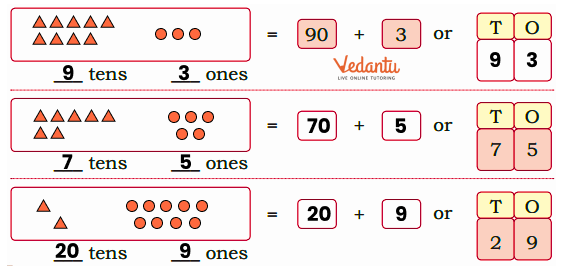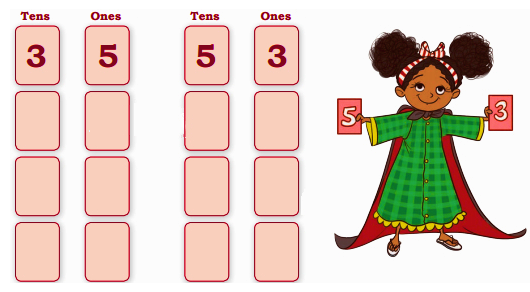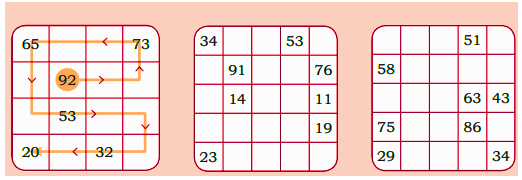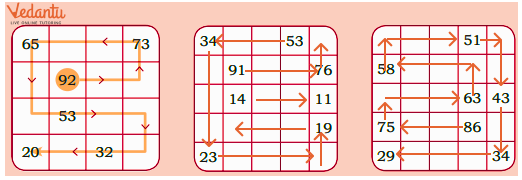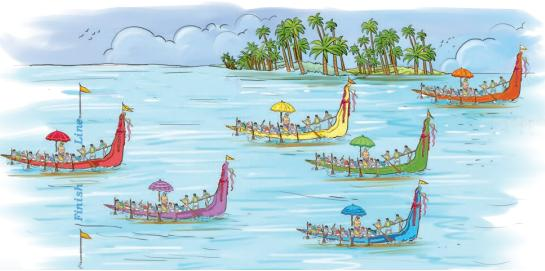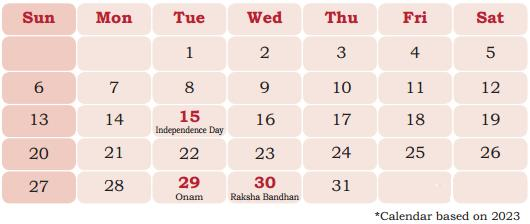Day At The Beach - Exercise-wise Questions and Answers For Class 2 Maths - Free PDF Download
FAQs on NCERT Solutions For Class 2 Maths Chapter 1 Day At The Beach - 2025-26
1. Where can I find the stepwise NCERT Solutions for Class 2 Maths Chapter 1 Day at the Beach as per the latest CBSE 2025–26 syllabus?
The stepwise NCERT Solutions for Class 2 Maths Chapter 1 Day at the Beach are available in PDF and online formats on trusted educational sites like Vedantu. These solutions are created strictly following the CBSE 2025–26 NCERT textbook, providing accurate and easy-to-understand step-by-step answers for every exercise and intext question in Chapter 1.
2. Are these NCERT Solutions for Class 2 Maths Chapter 1 in the official NCERT answer format?
Yes, the NCERT Solutions for Class 2 Maths Chapter 1 follow the official NCERT answer format, matching the structure and terminology found in the current CBSE textbook. This alignment ensures students get answers in the format expected for school and board assessment.
3. Can I download a free PDF of NCERT Solutions for Class 2 Maths Chapter 1 Day at the Beach?
Yes, you can download a free PDF of NCERT Solutions for Class 2 Maths Chapter 1 Day at the Beach from reputed educational websites like Vedantu, which offer clearly structured, CBSE-approved stepwise solutions for each exercise of the chapter.
4. How are the answers for Class 2 Maths Chapter 1 developed according to the NCERT pattern?
The answers for Class 2 Maths Chapter 1 are developed as per the NCERT pattern, providing stepwise explanations, use of clear visuals where required, and easy-to-understand language. Each solution directly maps to textbook questions, ensuring complete syllabus coverage.
5. Do the solutions for Class 2 Maths Chapter 1 include detailed explanations for every intext question?
Yes, every intext and exercise question in Class 2 Maths Chapter 1 has a detailed, step-by-step explanation, ensuring students grasp both the answer and the correct NCERT method of solving.
6. What topics are covered in the NCERT Solutions for Class 2 Maths Chapter 1 Day at the Beach?
The NCERT Solutions for Class 2 Maths Chapter 1 cover all topics as per the latest CBSE guidelines, including counting, pattern recognition, basic addition and subtraction, and questions focused on visualization and logical reasoning in playful beach scenarios.
7. Are the answers for Class 2 Maths Chapter 1 available in English medium with clear steps?
Yes, the NCERT Solutions for Class 2 Maths Chapter 1 are available in English medium, offering clear, stepwise answers that strictly follow NCERT and CBSE academic language for 2025–26.
8. Do the Class 2 Maths Chapter 1 NCERT Solutions follow CBSE 2025–26 textbook updates?
Yes, all NCERT Solutions provided for Class 2 Maths Chapter 1 are fully updated according to the CBSE 2025–26 NCERT textbook, reflecting any new changes or exercise structures made by NCERT.
9. What is the best way to use NCERT Solutions for Class 2 Maths Chapter 1 to improve exam performance?
The best strategy is to first try solving each textbook question on your own, then check your work against the stepwise NCERT Solution. Focus on the NCERT answer format and logic used in the solutions to develop an accurate approach to similar questions in exams.
10. How can I be sure that the solution steps in Class 2 Maths Chapter 1 are correct as per CBSE marking scheme?
All solution steps for Class 2 Maths Chapter 1 Day at the Beach are written using the CBSE-approved NCERT method, matching the structure, logic, and problem-solving style prescribed in the current official syllabus, ensuring full marks during assessment.
11. Can I use these NCERT Solutions for quick revision before school assessments?
Yes, these NCERT Solutions for Class 2 Maths Chapter 1 are ideal for quick revision. Their stepwise presentation helps you recall the textbook methods and check your understanding efficiently before exams.
12. Why is it important to follow the NCERT answer structure for Class 2 Maths Chapter 1 solutions?
Using the NCERT answer structure ensures your responses match the expectations of teachers and board examiners, making it easier to earn full marks and build a strong foundation for higher classes as per CBSE requirements.
13. What should I do if I get a different answer from the NCERT textbook for Chapter 1?
If your answer differs from the NCERT solution, review each solution step carefully, checking the calculations and method used. Always compare your approach to the stepwise explanation in the NCERT-approved answer to identify and correct any errors.




























